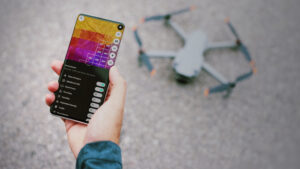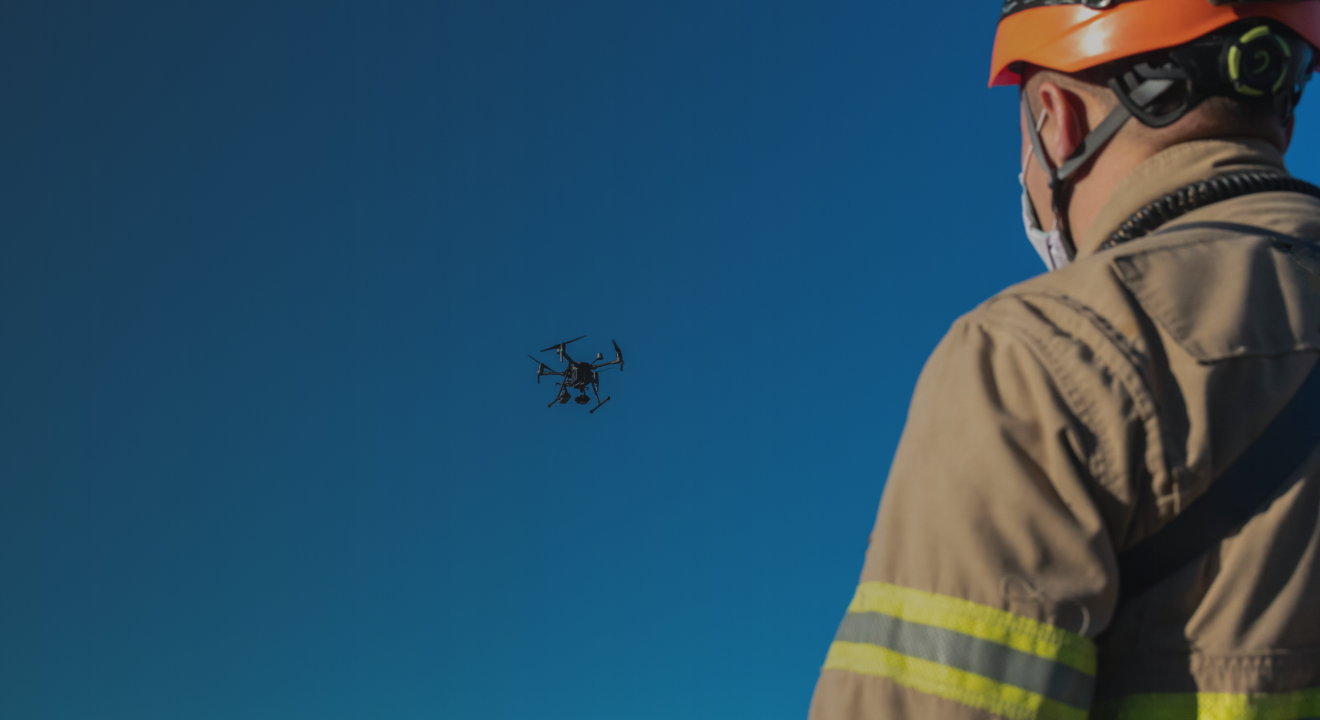Catastrophic events and disasters are inevitable, necessitating the implementation of proactive measures and emergency response protocols. A transformation in the field of disaster management and control is urgently needed.
Disaster management has been one of the government’s biggest challenges. The effectiveness of disaster management mostly rests on quick response times and initiatives when providing assistance. The type and severity of the crisis necessitate different safety precautions, which eventually determine the fate of those impacted. We can assess the extent of the crisis through a variety of methods and tools because of modern advancements.
Such advancements have been achieved in drone technology, which has progressed significantly and proven invaluable for disaster management. Unmanned aerial vehicles (UAVs) like drones have exhilarating advantages, such as timely outcomes and crucial features that assist during times of crisis.
Significance of Drone Technology for Disaster Management
Technological advancements have come far in the last decade and have been recognized by governmental entities as invaluable tools. One of the government’s top priorities is ensuring communities’ safety during emergency responses. The significant improvements in technology for disaster management considerably enhance what can be done on the ground. The increasing use of drones, quadcopters, and UAVs helps to manage and sustain the populace during such trying times.
Drones and other unmanned aerial vehicles (UAVs) are used to deliver assistance to those in need quickly. The value of using UAVs to provide aid effectively has dramatically increased the bar for disaster management.
Applications of Drones for Disaster Management
Because of drones’ natural qualities of agility, quick maneuverability, GPS navigation, charting, and cost-effectiveness, they’re perfectly suited to provide assistance during disaster management. The capability of UAVs to deliver real-time aerial imagery is crucial because it helps to understand the situation on the ground. Quadcopters and drones promote and nurture the capability to view remote locations and sites from the air at a fraction of the cost compared to helicopters.
1. Assessing Situations Remotely
Drones’ quickness and dexterity make it possible to track and survey catastrophe areas and zones in a short time. Disasters often cover vast areas of land or sea, and UAVs and quadcopters’ ability to cover a lot of ground fast has made it easier to examine disaster-affected areas and remote locations.
High-resolution sensors enable drones to simultaneously gather the necessary data and take real-time pictures of the incident. Because of drones‘ fluid motion and hover capabilities, data is gathered more quickly than with traditional aircraft or satellites. The processed 3D-mapped data can then be used to facilitate swift and prompt action.
2. Mapping Locations
UAVs are improving thanks to their 3D scaling and mapping characteristics. With the aid of drones and rotorcraft, disaster management and control procedures have advanced. Obtaining information in great detail is mainly possible due to 3D mapping. Data for emergency response include coordinates, tracking details, and aerial photos of landslides, floods, forest fires, and other disasters. These data formats are translated onto 3D scales that improve the visibility of disaster locations.
3. Delivering Urgent Supplies
UAVs’ capacity to provide emergency supplies further demonstrates their importance in disaster management. First aid, quick-acting medications, and small instruments like ropes or lamps are all included in emergency kits. Additionally, drones can deliver food supplies if needed.
4. Extinguishing Fires
Wildfire outbreaks are among the most frequent events that occur both during and after disasters. The methods used to put out fires are labor-intensive and time-consuming. Drones can assist in warning surface controllers of probable fire so that they’re ready to send firefighters and paramedics to the right locations. In other situations, quadcopters can spray water on a fire to prevent it from spreading. The occurrence and spread of fire can be further controlled in this way.
Drones, UAVs, and RPAS provide the public with skilled and effective assistance. Drones have been able to draw the interest of the government and aid organizations by demonstrating their high effectiveness in terms of cost, time, and ease of use.
To read more about Skygrid’s efforts to dive deeper into the benefits of drones in disaster management, visit us here.


